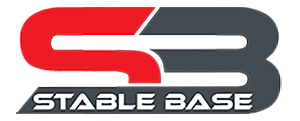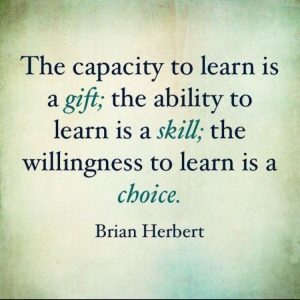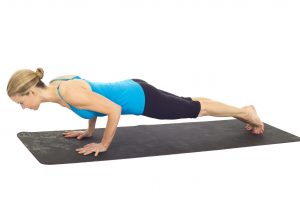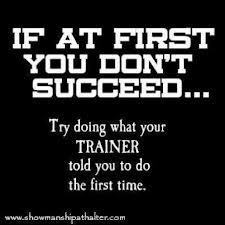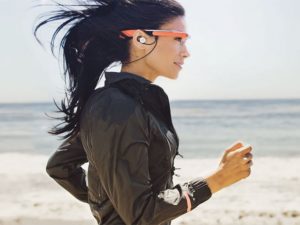Its this time of year when our kids head back to school and soon a lot of them will be signing up for as many extracurricular activities as they can fit in.
I’m preparing myself for yet another year alternating between frustration, disappointment and amazement at what some schools and by compliance, parents, are doing to their children. In about 7 weeks’ time I’m going to be asked by parents ‘are squats bad for your knees?’ The motive behind this question will be the fact that their son or daughter has joined the schools rowing team and has been told that they must do 600 squats per week, and now has knee pain.
Or “are kettlebell swings bad for your back?’ At some schools, you must perform a kettlebell workout during the week to be eligible for team selection, regardless of whether you have the prerequisite flexibility and skill to perform kettlebell swings or not.
How about “is there anything we can do at home to help Osgood-Schlatters?’ We can’t get to the physio between football, basketball, volleyball and cross country training.’
Some of the injuries I see teenagers suffering are going to stay with them for life. I know this because I also work with the adults who have stuffed knees from playing 3 different impact sports at the same time and busted backs from rowing and lifting weights with poor technique. Most of these injuries are not just avoidable but completely unnecessary. None of the situations I’ve used as examples should happen. But they are all real examples, real teenagers at real schools, real injuries. And each year I’m seeing more and more of it.
Physical preparation of athletes is a specialist profession. That’s why top teams have fitness advisers and Strength and Conditioning Coaches in addition to the sports specific coaches and medical staff. Training young people, whose bodies are constantly changing, is even more specialised. There is much greater difference between individuals of similar ages and greater differences within each individual on a month to month basis. The effects of training, both good and bad, are much more profound. I routinely come across people who don’t even have the qualifications or experience to properly coach an actual sport, taking it upon themselves to start prescribing strength and fitness programs. This is a recipe for injury.
What’s of even greater concern is the trend towards people thinking they can develop someone’s ‘mental toughness’ by smashing them with physical exercise. This has started in mainstream fitness and has filtered into school sports. ’Mental toughness’ has become justification for people delivering exercise programs that have zero basis in physiology. Ever since Lay-down Sally stopped rowing mid-way through a race, armchair experts throughout the country think they know about mental resilience.
Training mental toughness should be left to the experts. And any training that is done should be based on an assessment of where the athletes is currently and what is require of them in the future. Unfortunately, there are a lot of coaches, personal trainers and fitness instructors who seem to think that designing tough exercise programs makes them some type of hero, bad arse or is testimony to their own athletic prowess. It doesn’t.
Performance will always be limited by the weakest link in their chain. With almost everyone, but particularly younger people, this weak link is much more likely to be technique or skill, coordination, flexibility, balance, and decision making than it is their ability to endure a large workload.
Ironically training someone into heavy fatigue guarantees they don’t develop skill, speed, balance, coordination, flexibility or decision making. It just makes them tired and sore and teaches them not to listen to their body. Repeated frequently enough it makes them injured. Talking irony: one thing the world’s best athletes have in common: None of them sustain any significant injuries on their way to the top. Federer, Jordan, Woods, Phelps…No significant injuries on their way to the top.
Adults deciding to trust their wellbeing to someone is one thing. But as parents our job is to look after our kids. You have a responsibility to ask questions, educate yourself and to say no from time to time. A kid who doesn’t get to do everything they want, who misses out from time to time, who learns to listen to their own body and take responsibility for their own health will become a healthier and happier adult than the kid who grows up thinking they are physically and mentally inferior, or superior, based on how many kilometres they can run or how many push ups they do.
